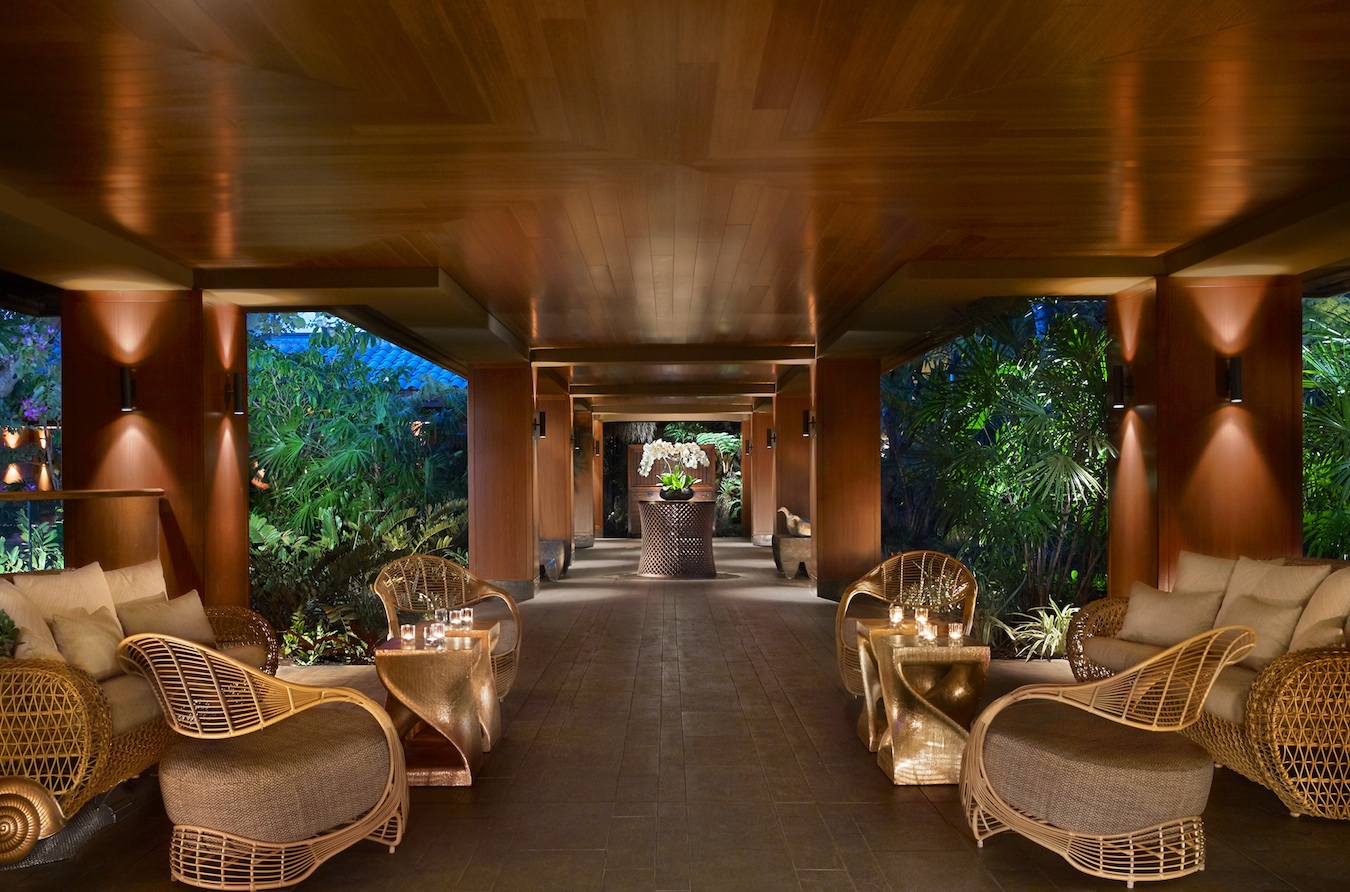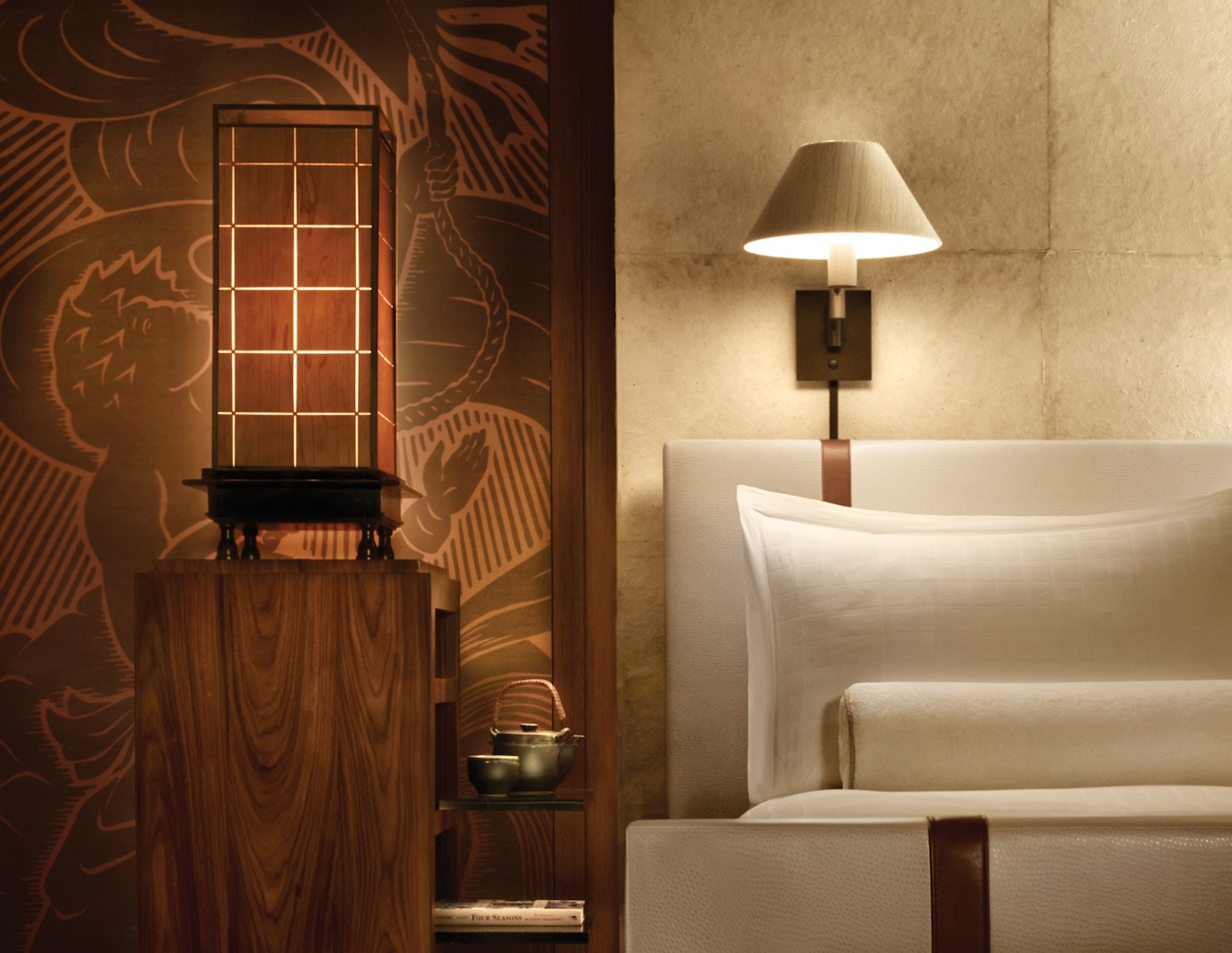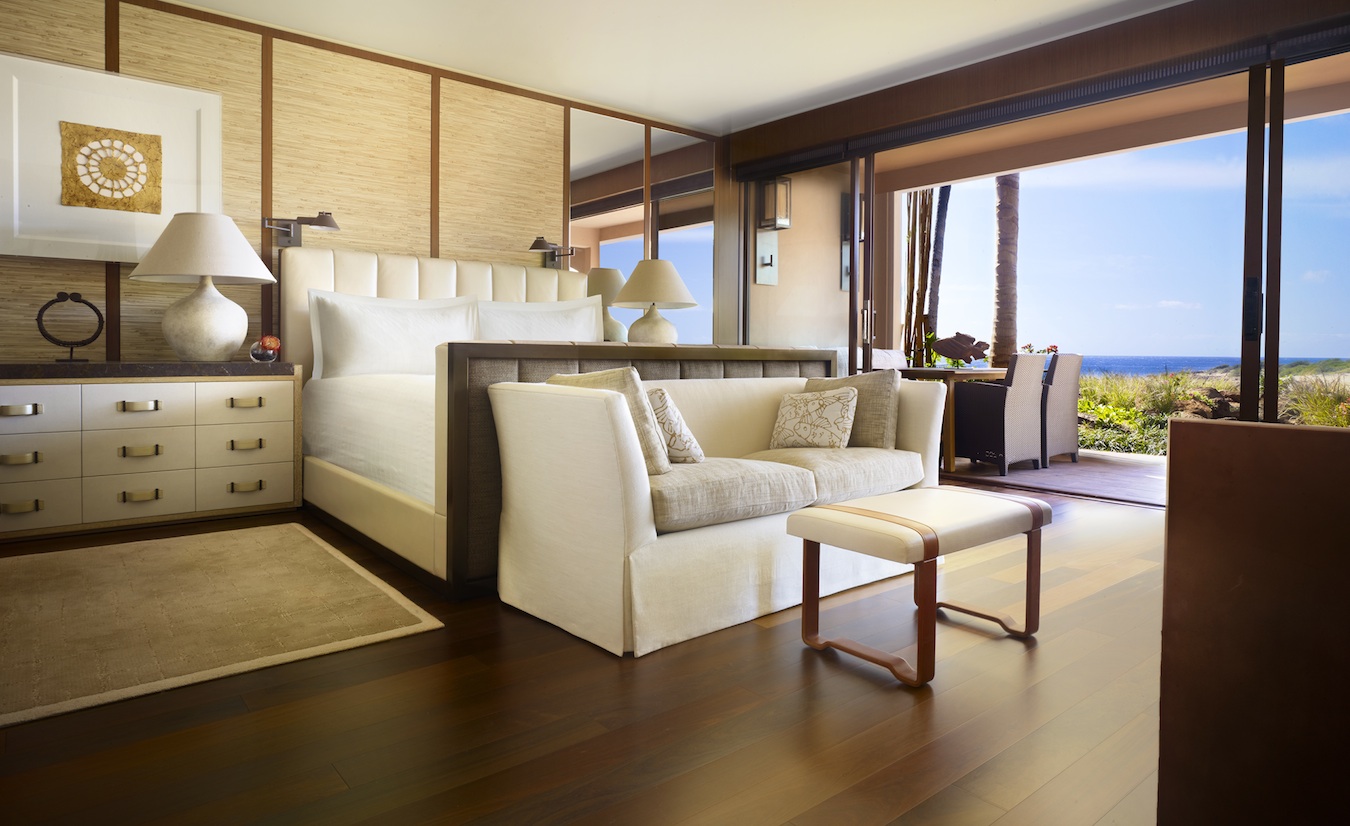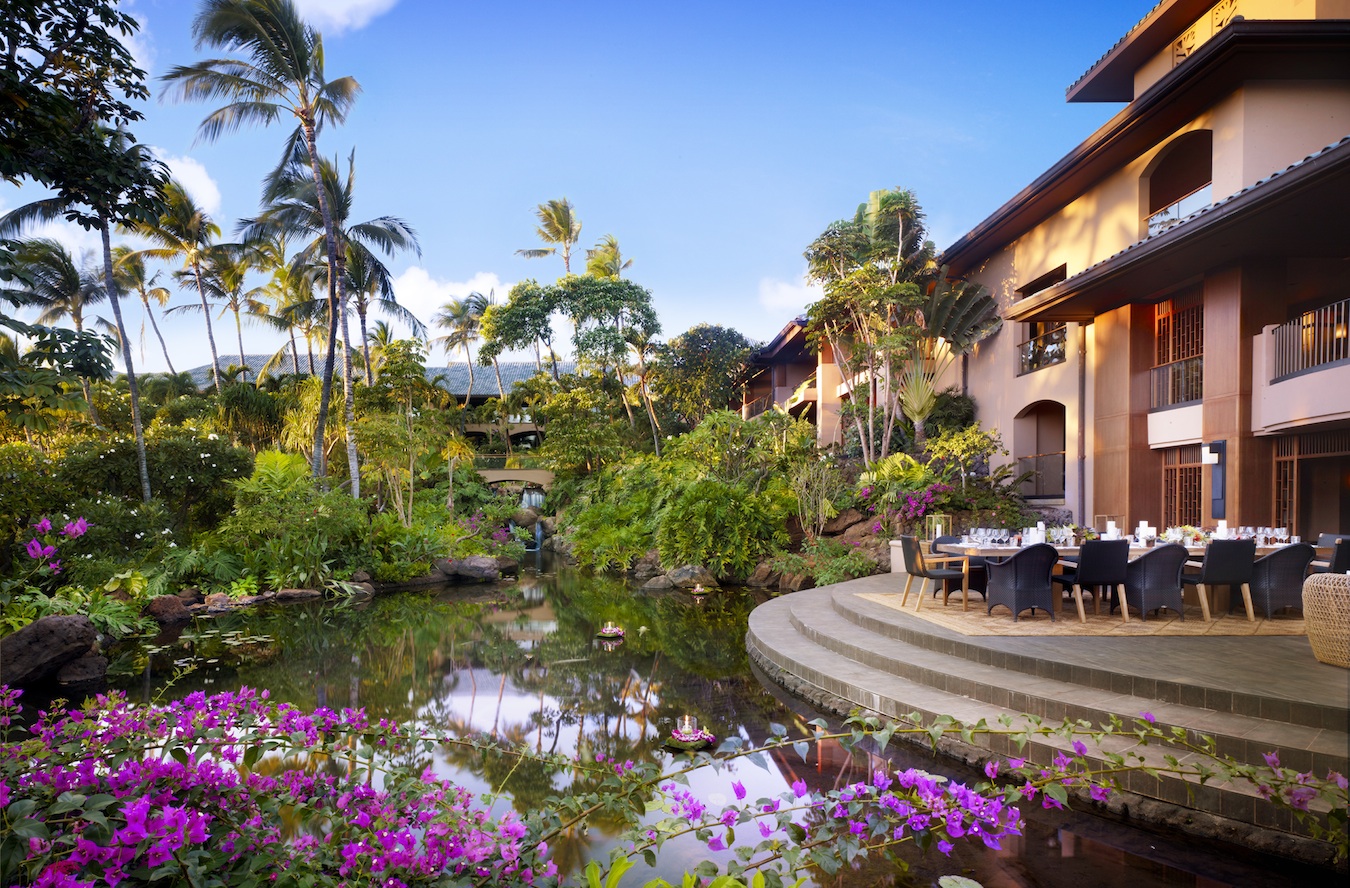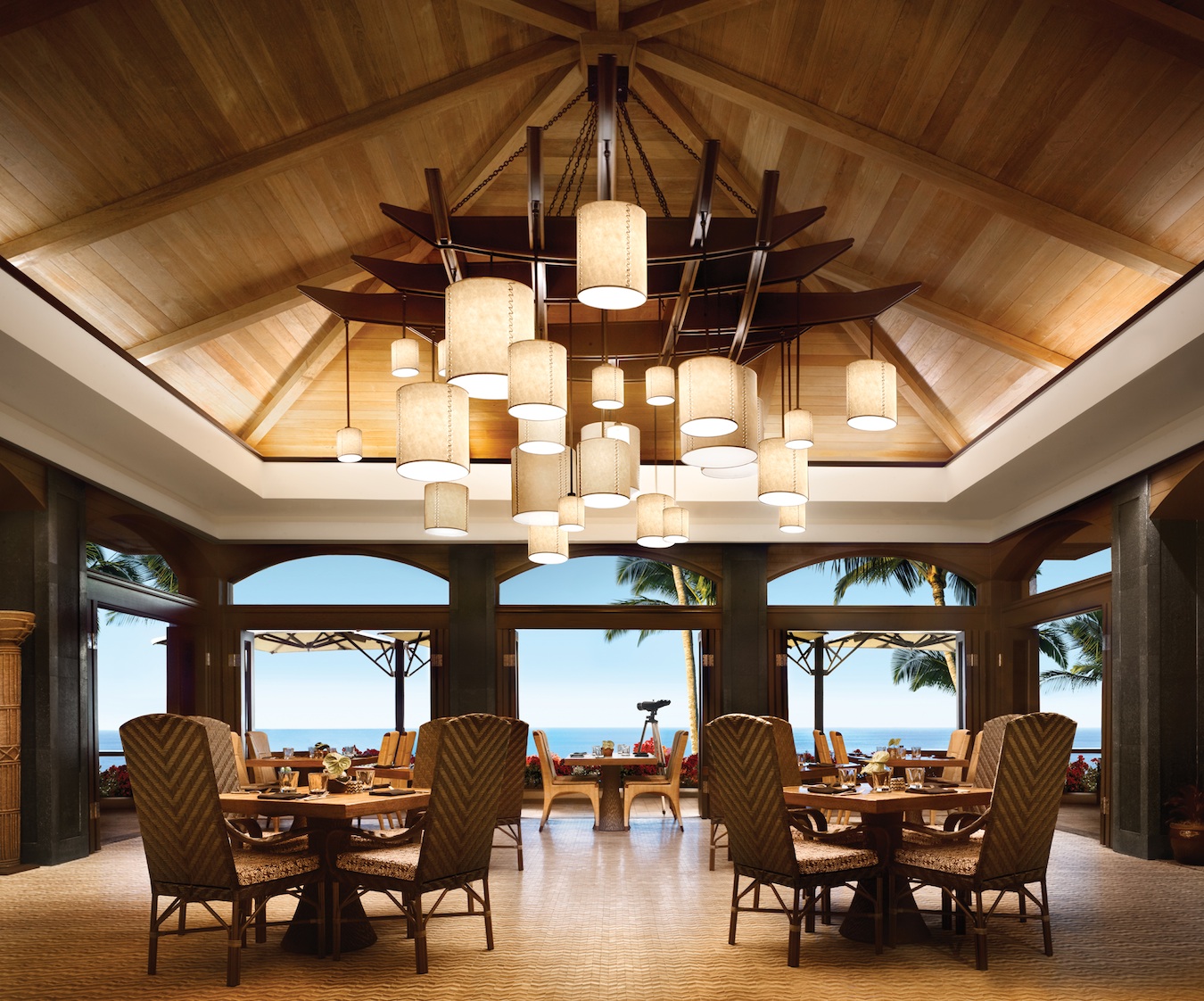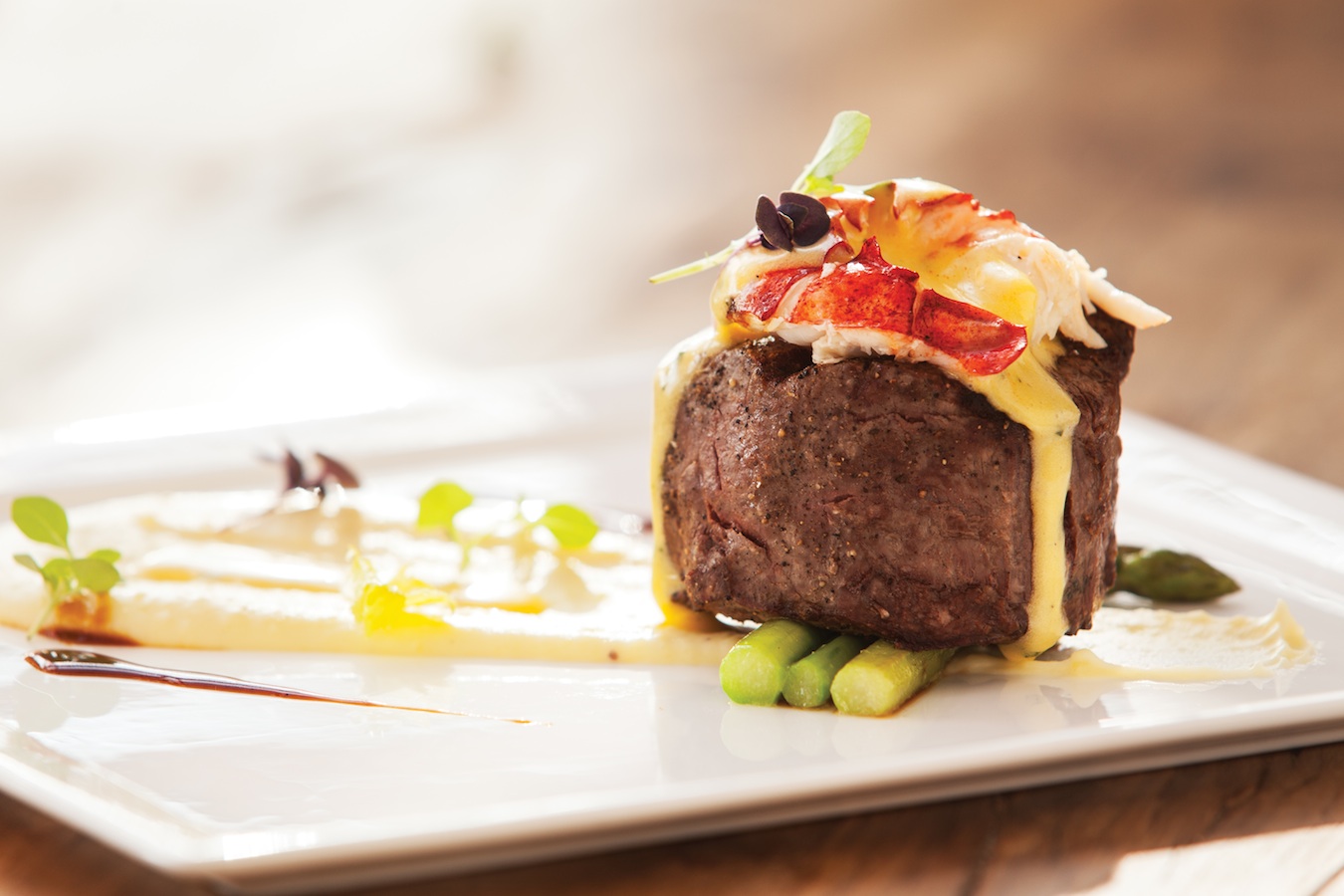It’s hard to believe, but legend has it Lanai was once the stuff of nightmares.
In ancient times, this tiny Hawaiian island was rigorously avoided by its neighbours, who feared the man-eating spirits that were roaming about with abandon. But when a Maui prince was banished to the desolate isle as punishment for wild shenanigans at his father’s court, he beat back the monsters of the dark and in their place made light—literally. Huge flames from his bonfire signaled that the coast was clear, and that it was now perfectly safe to visit. And they haven’t stopped coming over ever since.
That is, until 2015, when Lanai shut down. Hawaii’s tiniest public-access island closed up shop to make way for a massive facelift thanks to its ambitious new owner, billionaire Larry Ellison. The Oracle founder purchased 97 per cent of the comma-shaped landmass in 2012 and promptly undertook a large-scale mission to re-imagine it as a sustainable experiment, for both its visitors and its 3,000 locals (think solar energy, self-sustaining agriculture, electric cars). Now, after a long hiatus, the first few waves of people are floating back to Lanai.
You won’t find stoplights here, and there are no fast-food joints; Lanai has remained almost unchanged since it was first inhabited, and there are no plans to change that. Although the small 140-square-mile island is almost entirely reliant on luxury tourism to survive, it doesn’t have the infrastructure to handle large swaths of intrepid visitors (whose provisions, along with the locals’, all need to be taken here by barge). It’s the bespoke experiences offered at the island’s economic engines, such as the new Four Seasons Resort Lanai at Manele Bay, that are designed to keep travellers on this pinprick in the middle of the Pacific.
Formerly a circa-1990s aging peach palace, Manele Bay’s rebirth includes a thoroughly Hawaiian retrofit. Appropriating space from former rooms, the new design brings the overall suite count down to a cozier 213 from 243, but now every space averages over 700 square-feet. Each of these generous-sized jewel boxes is flanked by walls of Nepalese Lokta paper with teak and zebrawood edging, and mahogany floors with hand-woven wool rugs. Massive soaking tubs threaten to sabotage any attempt to leave these deluxe cocoons, but the onsite Nobu restaurant will lure guests out.
The vista of Hulopoe Bay fringed by its white-sand beach is a great place to pause, but the more upbeat activities call, too. There are Jeep four-by-four tours into the rugged red-dust lava terrain that covers the island alongside lush rainforest; or visitors can head to the Jack Nicklaus-designed golf course for a round or two. There are mixology classes, coconut weaving courses, and even flight lessons. Or simply order a massage and drift into a kind of reverie—the stuff dreams are made of.

